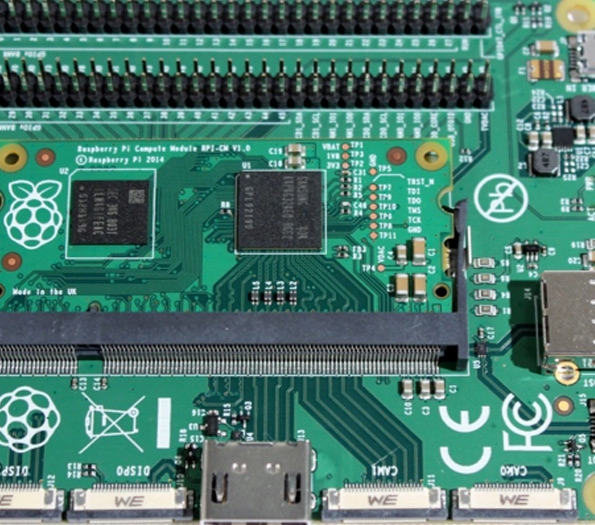

The Rise of Low-E Glass Manufacturers Revolutionizing Energy Efficiency in Architecture
In today’s world, where energy efficiency and sustainability are at the forefront of architectural design, low-emissivity (low-E) glass has emerged as a game-changing material for builders and architects alike. This type of glass offers significant benefits in terms of thermal insulation and energy conservation, leading to a surge in the number of low-E glass manufacturers. This article explores the importance of low-E glass, its applications, and the factors contributing to the growth of manufacturers specializing in this innovative product.
What is Low-E Glass?
Low-E glass is a type of energy-efficient window designed to minimize the amount of ultraviolet and infrared light that can pass through glass without compromising the amount of visible light transmitted. The secret to its efficiency lies in a thin metallic coating applied to the glass surface, which reflects heat back to its source. This means that during cold weather, heat is reflected back inside the building, while in warmer months, it keeps unwanted heat out. As a result, buildings equipped with low-E glass require less energy for heating and cooling, significantly reducing energy bills and environmental impact.
Applications and Benefits
The applications of low-E glass are vast and varied, spanning residential, commercial, and industrial sectors. In residential settings, homeowners are increasingly opting for low-E glass windows to enhance their home’s energy efficiency, comfort, and aesthetic appeal. Commercial buildings, too, are utilizing low-E glass for curtain walls and facades, offering a sleek appearance while ensuring energy savings. Furthermore, low-E glass is suitable for a variety of climates, making it a compelling choice for builders and architects worldwide.

The benefits of low-E glass extend beyond just energy savings. By reducing heat loss and gain, this type of glass also contributes to a more comfortable indoor environment, free from drafts and temperature fluctuations. Additionally, low-E glass helps in protecting interiors from sun damage by blocking harmful ultraviolet rays that can fade fabrics and artwork. As a result, building owners can save on maintenance and replacement costs in the long term.
The Growth of Low-E Glass Manufacturers
The growing awareness of climate change and the urgent need for sustainable building practices have led to an increase in the number of low-E glass manufacturers. Governments across the globe are implementing stricter energy efficiency regulations and offering incentives for energy-saving products, further driving demand for low-E glass. Moreover, advances in technology have made it feasible for manufacturers to produce high-quality low-E glass on a larger scale, leading to increased competition and innovation within the industry.
Many manufacturers are also focusing on research and development to enhance the performance of low-E glass, exploring new coatings and materials that improve energy efficiency even further. This dedication to innovation not only positions manufacturers as leaders in the field but also aligns with the global shift towards more sustainable construction practices.
Conclusion
As energy efficiency becomes an imperative in modern architecture, low-E glass stands out as an essential material for both builders and homeowners seeking sustainable solutions. The rise of low-E glass manufacturers reflects this growing trend, driven by advancements in technology, increased environmental awareness, and favorable regulations. As the industry continues to evolve, low-E glass will undoubtedly play a crucial role in shaping the future of energy-efficient buildings, contributing to a more sustainable and resilient world.